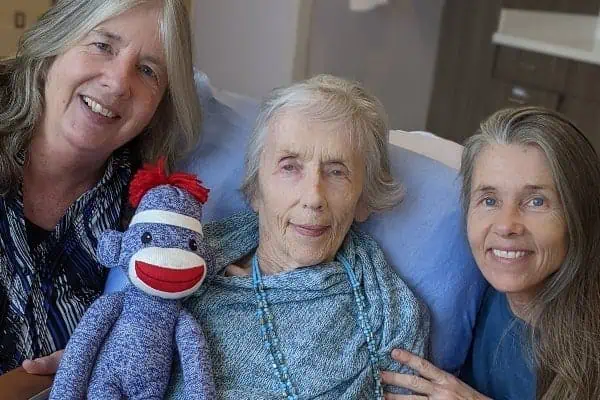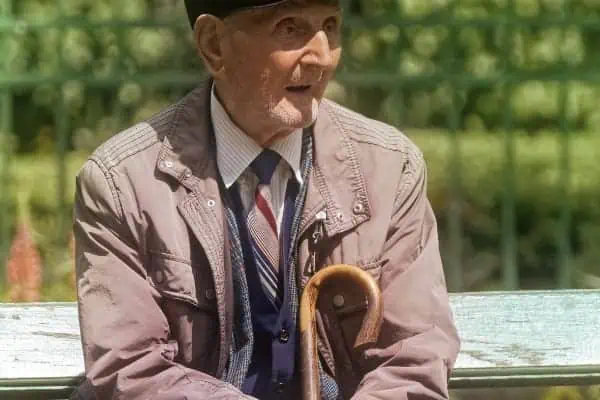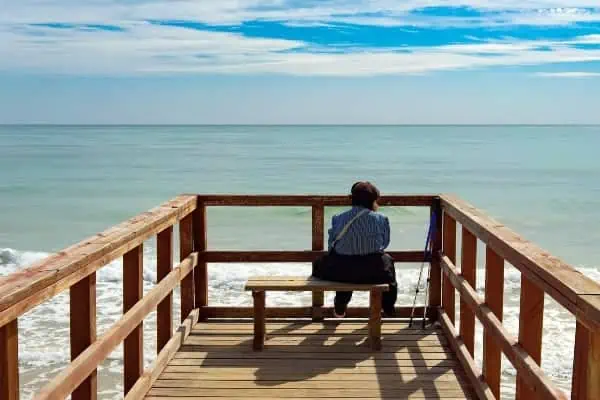What happens when a person dies?
We don’t truly know the answer, but death does hold one certainty: a once animated body stills.
We do know what happens to the bodies of the dead. The standard North American options are casket burial in a cemetery, or cremation. In most jurisdictions they are the only options legally allowed.
There is a growing community of people who find this limiting; one option involves using non-biodegradable and toxic materials to significantly slow down the process of decay, the other, an accelerated and total dissolution of the body. Both are divorced from the natural decomposition of death, the potential to recycle into new life.
Enter the green burial movement.
Imagine walking into a forest with a green, leafy canopy above you; a silence sinking into you; a soft, mossy earth underfoot; and below, the decaying remains of plants, animals, and humans.
Imagine your body, in death, contributing to the regeneration of new life.
Imagine visiting a forest your passed loved one has become part of.
Imagine protecting at-risk landscapes by making them even more sacred.
Imagine being able to do this in the Yukon.
Hospice Yukon is screening the award-winning green burial documentary A Will for the Woods on October 16 at the Old Fire Hall, followed by a talk with representatives from Heritage North Funeral Homes and the City of Whitehorse, to discuss the current and potential future options for green burials in the territory.
Though event organizer Deb Higgins did tell me she “doesn’t want to spill the beans,” she did hint that a new green burial bylaw is in the works.
This may put Whitehorse on the front lines of something revolutionary. There are only a handful of places in only four countries (USA, Canada, UK, and New Zealand) that currently allow natural end-of-life options.
The Natural Burial Association of Canada’s website lists only four burial sites in the entire country, three of which are in Ontario.
What green burial aims to do is return a body as naturally as possible to the earth. A green burial uses simple caskets or shrouds made from biodegradable cloths or wood, the grave itself prepared with little impact to its surrounding environment. If used at all, grave markers are natural and unobtrusive — shrubs, trees, or small stones.
The burial sites look like any other forest or field, leaving the landscape as found. Their formation also ensures the land cannot be used for any other commercial or economic developmental purpose, creating a new opportunity for the preservation of wild spaces.
A Will for the Woods intimately follows one man’s journey towards his own green burial. After being diagnosed with lymphoma, musician, folk dancer, and psychiatrist Clark Wang began to think about how his death could contribute to the future. He wanted his last act to be a gift to the planet.
To learn how Wang’s journey could become a reality, join the screening on October 16 at the Old Fire Hall. Tickets are $12, doors open at 6:30 p.m., and the movie begins at 7:00 p.m., with the discussion to follow.
“This is quite new,” says Higgins. “I think the discussion will be really interesting.”




